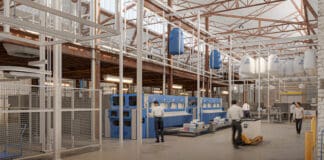As an example, today someone could build a robot that made a peanut butter and jelly sandwich, but they would have to program in the exact steps and ingredients of the sandwich. If you then asked it for a Club sandwich, it would have no idea what to do. With an LLM, The robot would use its common sense to know what ingredients and steps are needed and would be able to make the new sandwich, without any additional programming. This will make it tremendously easier to make robots that are capable of doing numerous different things, not just a single programmed task.

Robots will come out of predictable settings like factories and warehouses and succeed in our everyday environments, like office buildings, where they must interact with people and show common sense in order to succeed. Companies like us at Cobalt Robotics, which provides facility inspection, safety, and security robots, are working to make our robots more general purpose and friendly, and a commonplace sight in offices everywhere.
There has also been a recent explosion of interest in Humanoid Robots, most notable, the Tesla Bot. The idea of these robots is that the world is built for humans, and so the ultimate form factor for a robot will be humanoid, so it can physically do anything that a human can do. This is opposed to the idea of having many different single-purpose robot designs that are each optimized for their job and much cheaper.
In the single year since Tesla announced their foray into humanoid robots, they unveiled their first prototype, which was able to walk live on stage — an impressive feat of engineering speed. However, they have a long way to go between walking on stage and being able to do useful tasks that even incredibly simple robots like a roomba can do. Beyond that, price will be a major obstacle. Legs are thousands of dollars more expensive than simple wheels, and if a task can be done with no arms, or just one arm, a simpler and cheaper single-purpose robot will have the advantage.
The potential for AI and robotics in the workplace is growing exponentially. We can expect automated text-writing and an AI-augmented white-collar workforce to become the norm in just a few short years. Simple and repetitive facilities tasks will be done around the clock by robots that have the focus and dependability of AI, with newfound common sense. This is made possible by Large Language Models, which offer the potential for robots to possess true common sense and understand more ambiguous instructions. As AI continues to evolve, it’s certain to have a huge impact on the workplace and facilities in 2023, creating a much different landscape than what we’re used to today.
Leveraging Artificial Intelligence For Commercial Energy Savings
 Leveraging artificial intelligence (AI) can yield insight into energy pricing that customers and energy users can use to hedge resources and take advantage of key incentives.
Leveraging artificial intelligence (AI) can yield insight into energy pricing that customers and energy users can use to hedge resources and take advantage of key incentives. Erik Schluntz is Co-Founder and CTO of Cobalt Robotics, the intelligent indoor security service that unites the flexibility of humans with the reliability of machines. Cobalt was founded by technologists and roboticists and investors include Coatue, Sequoia Capital, and Bloomberg Beta.
Erik Schluntz is Co-Founder and CTO of Cobalt Robotics, the intelligent indoor security service that unites the flexibility of humans with the reliability of machines. Cobalt was founded by technologists and roboticists and investors include Coatue, Sequoia Capital, and Bloomberg Beta.





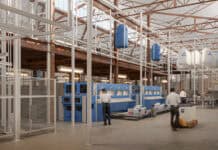
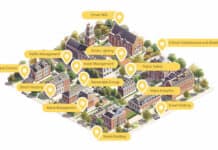
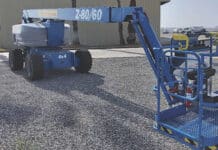






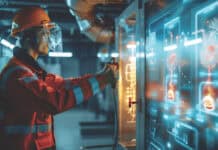



![[VIDEO] Job Order Contracting: Accelerating the Projects that Matter](https://facilityexecutivemagazine.kinsta.cloud/wp-content/uploads/2024/05/maxresdefault-324x160.jpg)
